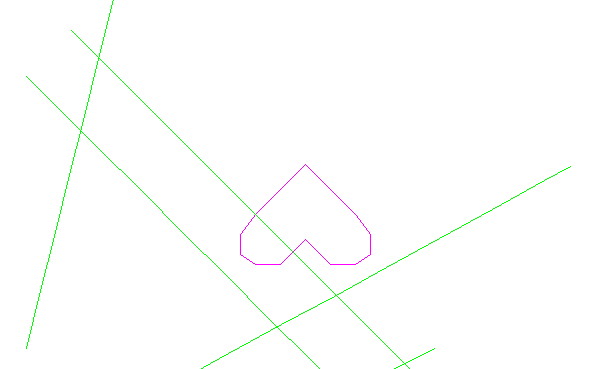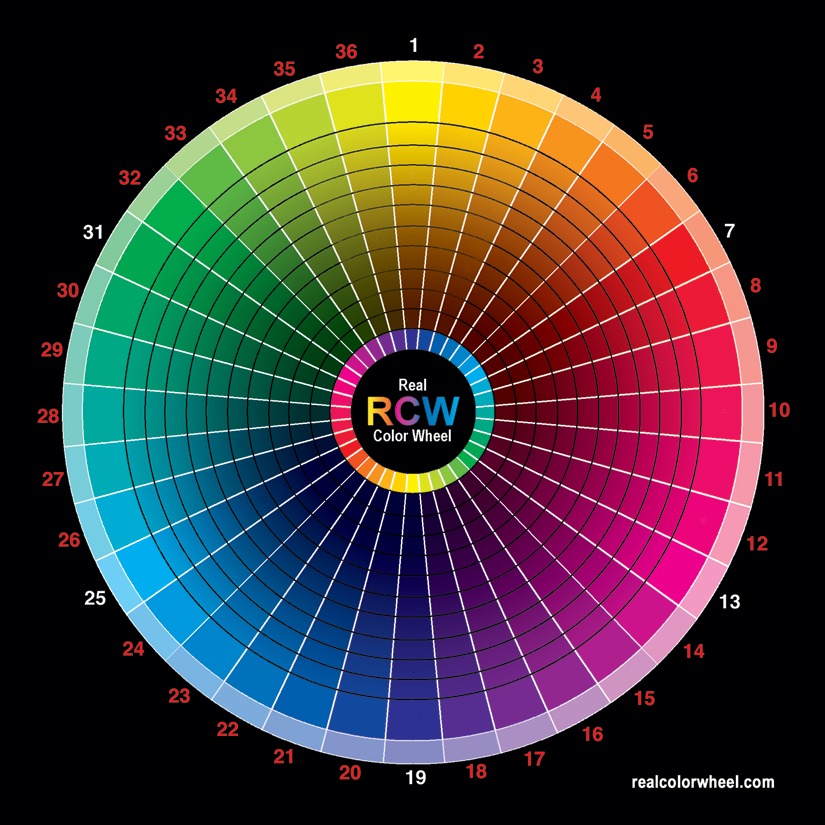Wednesday, June 28th, 2006
Fixin' and heart-shaped boxes..
Wednesday, tasks were divided. Nadya started working on creating shapes, based on text. Meanwhile, Arjan tried fixing the problems with the switching of markers in the old code.
Here is a picture of our first examples as shown by the GUI, resulting from the input-sentence: "oh, how frustrating love is". It is clearly frustration caused by love .)

At three, we succeeded in fixing the marker-problem, both switching and the initial phase where no marker is held yet. Arnoud has already left, so we can't test it on the robot, but the simulator shows promising results.
The rest of the day, sanitizing our own code remains for Arjan. Nadya started working on more shapes and colours.
We made some help-functions in the java-code, which should make it easy to add new shapes and colours to existing shapes. Sadly, using circles and squares doesn't seem to work (or going to work easily), so all shapes will consist of lines. The 'parsing' of a sentence is a mere collection of if-statements.
Form, Color, Symbolic and Intuitive Representations
Form
The shapes of the images drawn represents part of their emotional value. Previous studies have been done with shape and emotion, most notably in the Rorschach Inkblot Test. Rorschach however, looks into emotions induced by shapes, and not into shapes that represent emotions. Our literature research produced little information beyond some web widgets and personality testing sites that did not seem to have much scientific background to their ideas.
Nonetheless, we decided to base our choices on the pop-psychology or design articles we found such as this Shapes Class. Most of what we learned from this was that round forms symbolize soft and nice things, while angular forms symbolize aggression, power and dominance.
None of this seemed any more made up than something we would make up, so we finally decided to make up our own ideas on form.
Anger

Became long, angular and fast strokes.
Joy

Became medium sized curved shapes.
Sadness

Became very small concentrated strokes.
Nonsense

Became series of zigzagging lines.
There were two more shapes we added to the database which did not inherit their emotion from either angularity, stroke or repetition, but from their symbolic representation in the daily western world.
Love

Became a heart.
Puzzlement

Became a question mark.
This is not really part of our idea, but we thought it had some added aesthetic value.
Color
The psychology of color focuses on different shades, but mainly on the variation in hue, tint and saturation. This means that the difference between yellow and orange is less important that the difference between bright yellow and a more subdued color, and than much of the emotional meaning of a color is obtained from its dilution.
This of course, forms a problem with our palette. Since our robot uses markers, it is not possible to dilute the color. The standard set of markers is a collection of highly saturated colors. Apparently this emotionally related to the same group of feelings, which are predominantly happy. (R. D'Andrade)

One thing that would aid the interpretation of color using our limited palette, would be to work in blocks of color. We haven't been able to implement shading yet, however.
What we finally did was use the symbolic representation of the color and some randomness. Blue was sad, Red was love, Yellow was happy, Green was frustration, Orange was nonsense (no reference to the World Cup, we swear.) Black was anger and puzzlement.